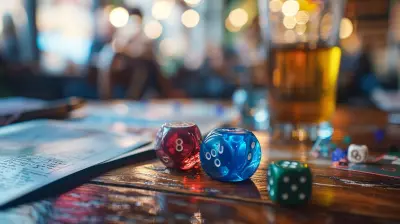A Deep Dive into the Evolution of Puzzle Games
25 June 2025
Puzzle games have quietly become one of the most enduring genres in the gaming world. You’ve probably played a few without even realizing it. Maybe a Tetris session on your phone while waiting for your Uber, or a quick Wordle on your coffee break. But beneath the simple gameplay lies a fascinating journey filled with innovation, brain-tickling mechanics, and massive shifts in design philosophy. So, let’s roll up our sleeves and take a deep dive into the evolution of puzzle games—from their humble beginnings to the genre-defining titles that keep our brains buzzing today.
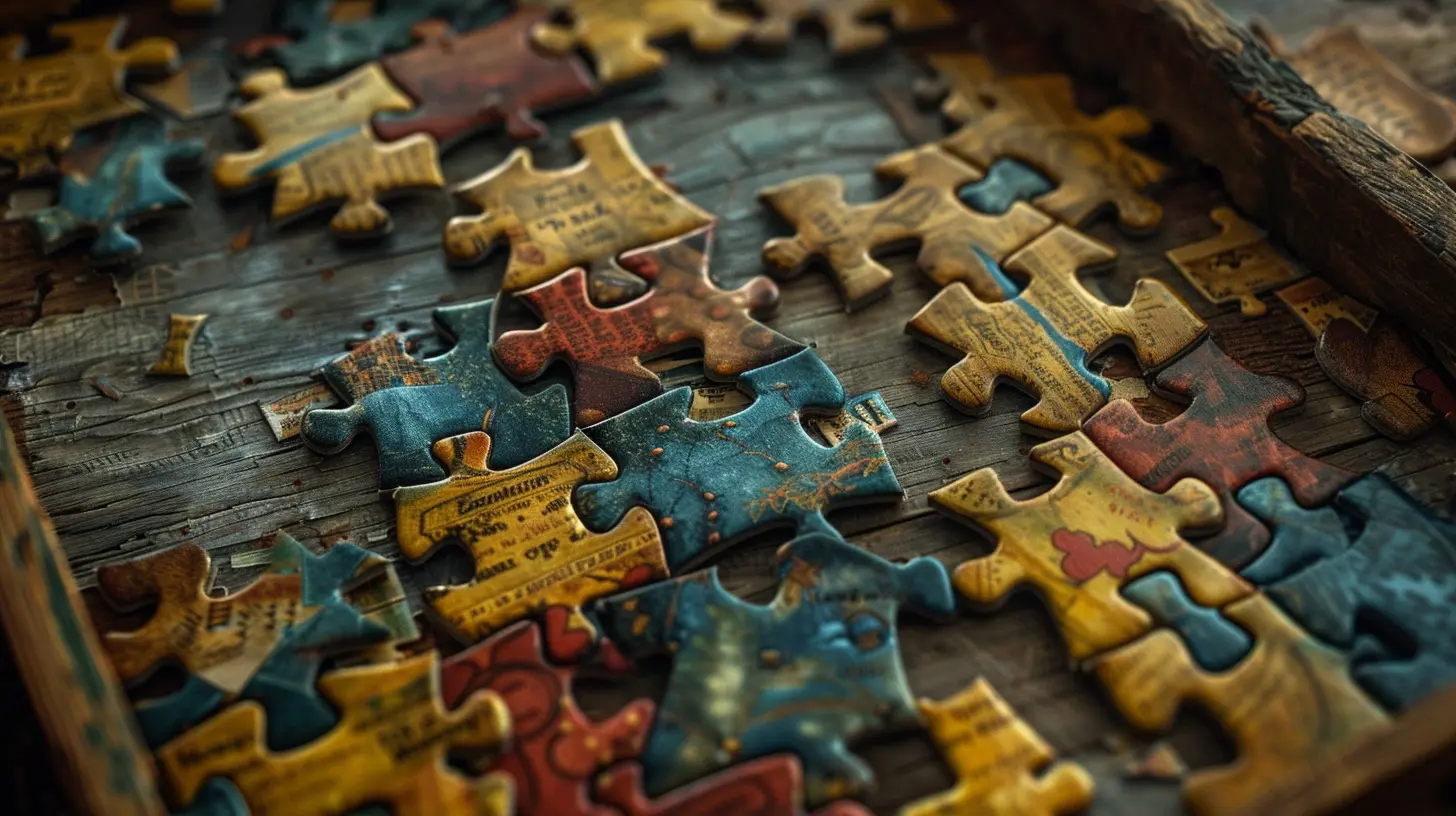
The Humble Beginnings: Pen-and-Paper Roots
Before consoles, before mobile games, before the internet—puzzle games were analog. Think crosswords, Sudoku, jigsaw puzzles, and riddles. These brain-teasers thrived in newspapers and puzzle books. Their goals? To challenge logic, improve memory, and, let’s be honest, kill time whenever boredom struck.Back then, puzzles were static. You solved them once, and that was it. There was no adaptive AI, no dynamic gameplay, just you and the problem in front of you. But even in that simplicity, the seeds of modern puzzle mechanics were being planted.
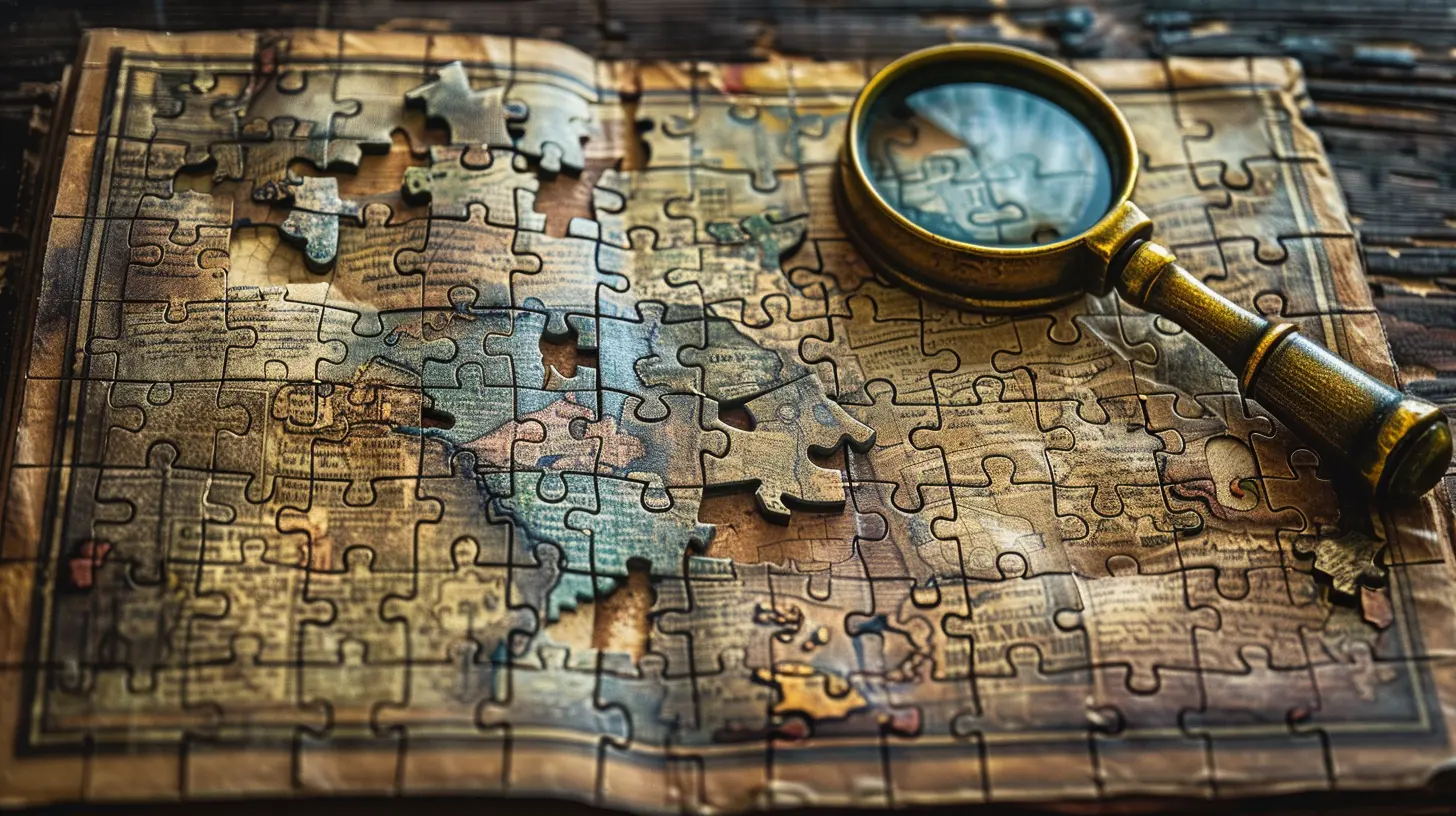
The Digital Birth: Puzzle Games in Arcades
Enter the 1970s and 80s. Video games began making their way into arcades and home consoles, and with them came the first digital puzzle games. Titles like Breakout (1976) and Tetris (1984) emerged as early giants.Tetris, created by Alexey Pajitnov, was a game-changer—literally. Those little blocks falling from the sky didn't just challenge players' reflexes; they required spatial reasoning and foresight. It was addictive, frustrating, and oddly satisfying. And most importantly? It proved that puzzle games had a place in digital entertainment.
While arcade games often focused on fast-paced action, Tetris succeeded by slowing things down and focusing on problem-solving. That formula turned out to be timeless.
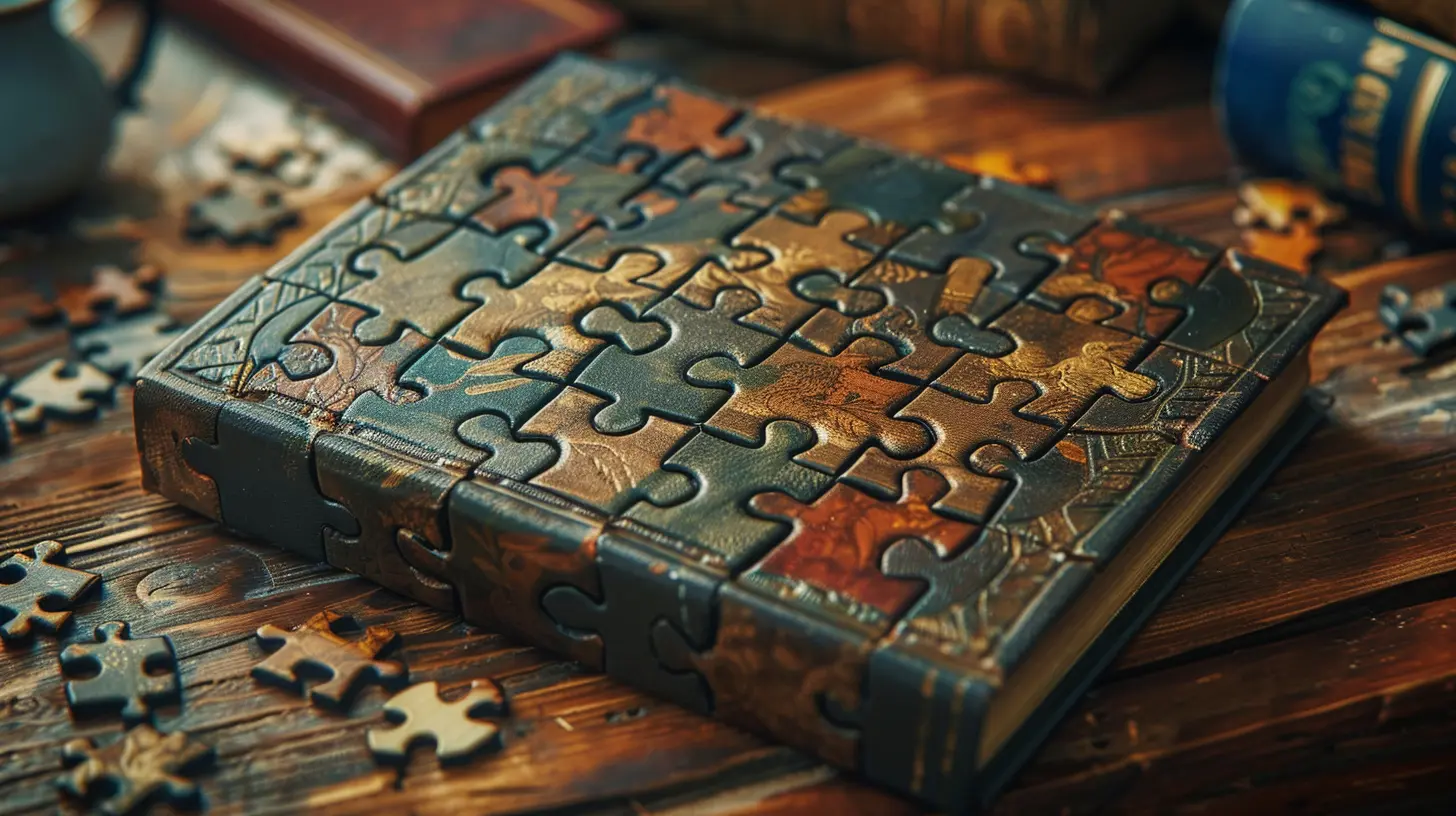
Puzzle Games Go Portable
As handheld consoles like the Game Boy hit the scene in the late '80s and early '90s, puzzle games found a new home. Tetris was bundled with the Game Boy, and it’s no exaggeration to say that it helped drive the console’s success.Why did puzzle games make such perfect portable companions? Simple—pun intended. Their bite-sized challenges fit perfectly into short play sessions. Whether on a train ride or killing time between classes, puzzle games were always a few button presses away.
Other titles like Dr. Mario, Pipe Mania, and Puzzle Bobble also rose in popularity during this era. Each brought in new mechanics and vibrant aesthetics, making the genre more diverse and approachable.
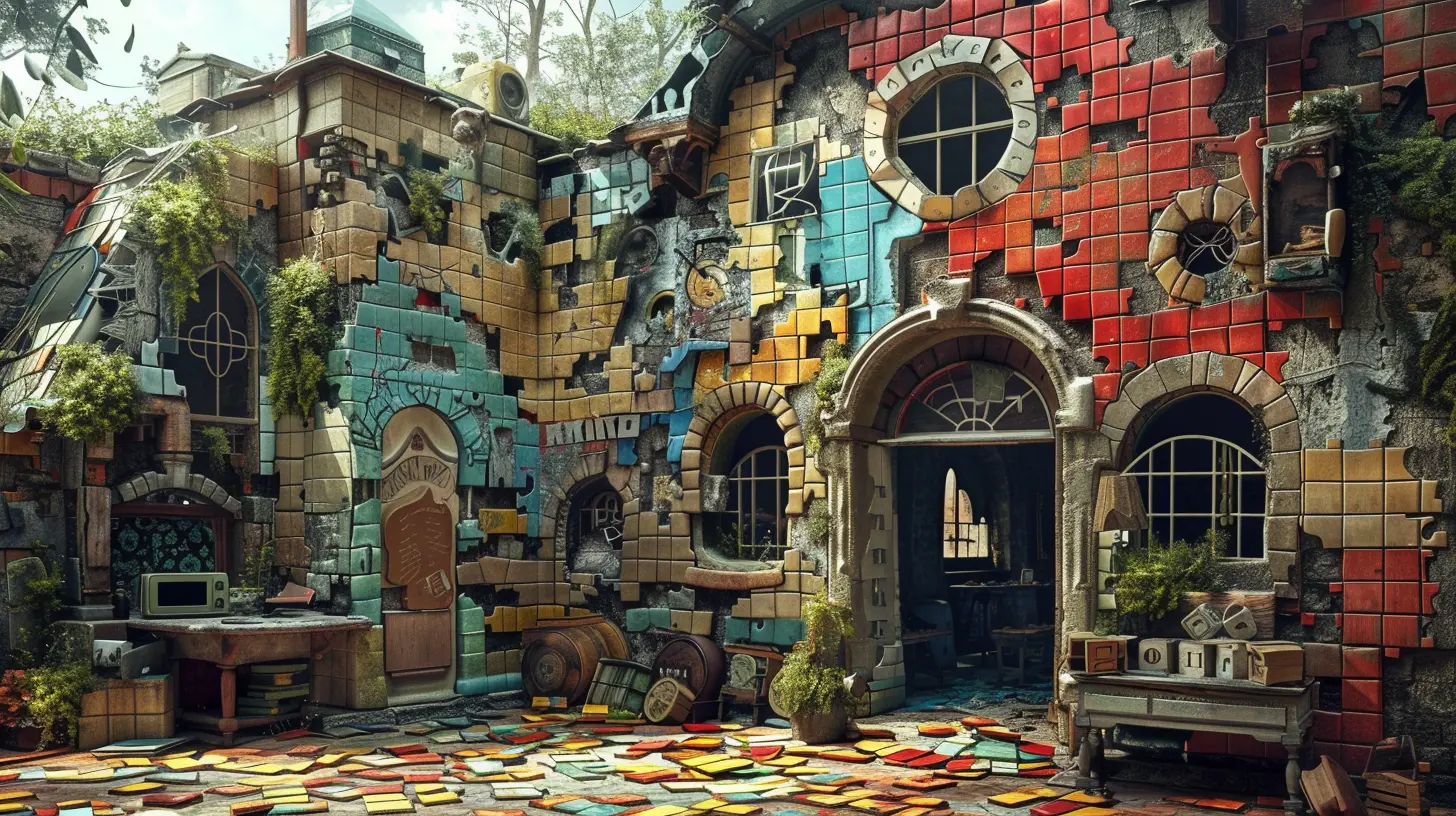
The Rise of PC Puzzle Games
The '90s were a golden age for PC puzzle games. Developers had more room to experiment with complexity and integrate storytelling. Titles like Lemmings challenged players with guiding a tribe of creatures to safety using logic and timing. Meanwhile, Minesweeper and Solitaire became staples of the workplace—arguably the most-played games of the Windows era.But perhaps the most significant evolution came from Myst in 1993. This game blended puzzles with exploration, atmosphere, and narrative. It wasn’t about beating the clock; it was about immersing yourself in a mysterious world. In many ways, Myst helped blur the lines between puzzle games and adventure games—a trend that would continue to blossom in the coming decades.
The Browser Boom: Flash Puzzle Games
Remember spending hours on sites like Miniclip or Addicting Games? You’re not alone. In the early 2000s, browser-based Flash games exploded in popularity. Puzzle games were at the forefront.These games were easy to pick up and play, featured creative mechanics, and often had quirky humor. Think of titles like The Impossible Quiz, Bloons Tower Defense, and Bejeweled. They reached millions of players without the need for fancy graphics or complicated setups.
Flash puzzle games also embraced experimentation. Developers could try out wild concepts without investing massive budgets. The low barrier to entry meant indie game designers could join the party—and they did, in droves.
The Mobile Revolution and Casual Gaming
Then came smartphones, and with them, a completely new audience for puzzle games. Suddenly, everyone was a gamer—even your grandma.Games like Angry Birds, Candy Crush Saga, and Cut the Rope skyrocketed to fame. These weren’t traditional puzzle games in the classic sense, but they built on that same foundation: solve a challenge with the tools provided, often within a set of constraints (moves, time, or lives).
Mobile puzzle games mastered the art of “easy to learn, hard to master.” They pulled players in with shiny graphics, friendly tutorials, and increasingly tough levels that kept you coming back. And with in-app purchases and social sharing, they also became money-making machines.
Puzzle Games Meet Storytelling
As gaming matured during the 2010s, so did puzzle games. Developers began marrying brain-teasing gameplay with rich narratives. Think The Witness, Portal, Baba Is You, and Return of the Obra Dinn. These weren’t just puzzles for puzzles’ sake—they made you feel like a detective, philosopher, or even a time-traveling observer.Portal, for example, redefined puzzle design by adding physics and a wicked sense of humor. It wasn’t just about solving rooms—it was about thinking with “portals,” challenging how we perceive space and cause-effect. Players weren’t just solving puzzles; they were participating in storytelling.
Social and Multiplayer Puzzle Experiences
Puzzle games have also embraced social play. From competitive puzzlers like Tetris 99 to co-op experiences like We Were Here, the genre has proven incredibly versatile.Word games like Words With Friends and daily brain teasers like Wordle have become social phenomena. We’re now solving puzzles with friends, sharing scores, and even crafting memes around our brainy battles. The communal aspect adds a whole new layer to what used to be a solitary experience.
Indie Devs and Experimental Puzzlers
What’s really exciting is how indie developers continue pushing the boundaries. With smaller budgets but a whole lot of passion, they’ve introduced new ways of thinking.Baba Is You lets you change the rules of the game using simple text. Human Resource Machine teaches programming logic through puzzles. Games like The Pedestrian and Moncage offer mind-bending visuals and gameplay that defy convention.
These aren’t just puzzles—they’re innovations in interactive design. Each one asks players to think differently, rewarding creativity over brute logic.
The Role of Artificial Intelligence
Let’s talk tech for a second. AI is beginning to seep into puzzle games in fascinating ways. Whether it's adaptive difficulty that learns your playing style or procedurally generated puzzles that ensure a fresh experience every time, AI is reshaping how we engage with these games.Imagine a puzzle game that evolves with you—learning what challenges you and crafting new levels that push you just enough without making you rage-quit. That’s not sci-fi; it’s already happening in select titles.
The Psychology Behind the Addiction
Why do we love puzzle games so much? It’s more than just killing time.Puzzle games activate key areas of your brain—especially those tied to logic, memory, and problem-solving. Each successful puzzle gives you a hit of dopamine, the "feel-good" chemical. It’s a feedback loop of challenge and reward. And the best part? There's no need for flashy VFX or AAA storytelling. Sometimes, dropping a block in the right spot or guessing a five-letter word is enough to make your day.
Plus, puzzle games are inherently fair. Unlike many other genres, there's rarely a “pay-to-win” element. You either solve it or you don’t—and if you don’t, it’s probably because you missed something, not because your opponent had better gear.
The Future of Puzzle Games
Looking ahead, puzzle games are only going to get more sophisticated and more immersive. With the growth of Augmented Reality (AR) and Virtual Reality (VR), we can expect puzzles that interact with our physical space. Imagine solving a Rubik’s Cube floating in mid-air or decoding clues scattered throughout your living room with AR glasses.We’re also likely to see more integration with smart assistants, wearables, and even brain-computer interfaces (BCI). Sounds wild? Maybe. But the lines between “game” and “reality” are already blurring.
And thanks to the robust indie scene, puzzle games will continue to be a hotbed for creativity and innovation.
Final Thoughts
Puzzle games have come a long way—from pencil-and-paper brain teasers to AI-driven, immersive experiences. Whether you're untangling a knot of logic, manipulating time and space, or just matching colorful candies, puzzle games offer something unique: a workout for your brain and joy for your heart.They’re accessible, endlessly creative, and often deeply satisfying. And let’s be honest—there’s nothing quite like that "aha!" moment when you finally crack the puzzle that was driving you nuts.
So, the next time you fire up a puzzle game, take a moment to appreciate how far the genre has come. From arcade giants to pocket-sized brain benders, it's been one heck of a journey—and the future looks more intriguing than ever.
all images in this post were generated using AI tools
Category:
Puzzle GamesAuthor:

Lana Johnson
Discussion
rate this article
2 comments
Khloe Sanders
Insightful read on puzzle evolution!
November 13, 2025 at 4:33 PM

Lana Johnson
Thank you! I'm glad you found it insightful!
Aisha Jones
This article offers an insightful journey through the evolution of puzzle games, highlighting their innovative mechanics and emotional depth. It’s fascinating to see how they’ve adapted over time, engaging players in new and unexpected ways. Great read!
June 28, 2025 at 3:12 PM

Lana Johnson
Thank you so much for your kind words! I'm glad you enjoyed the article and found the evolution of puzzle games intriguing.

